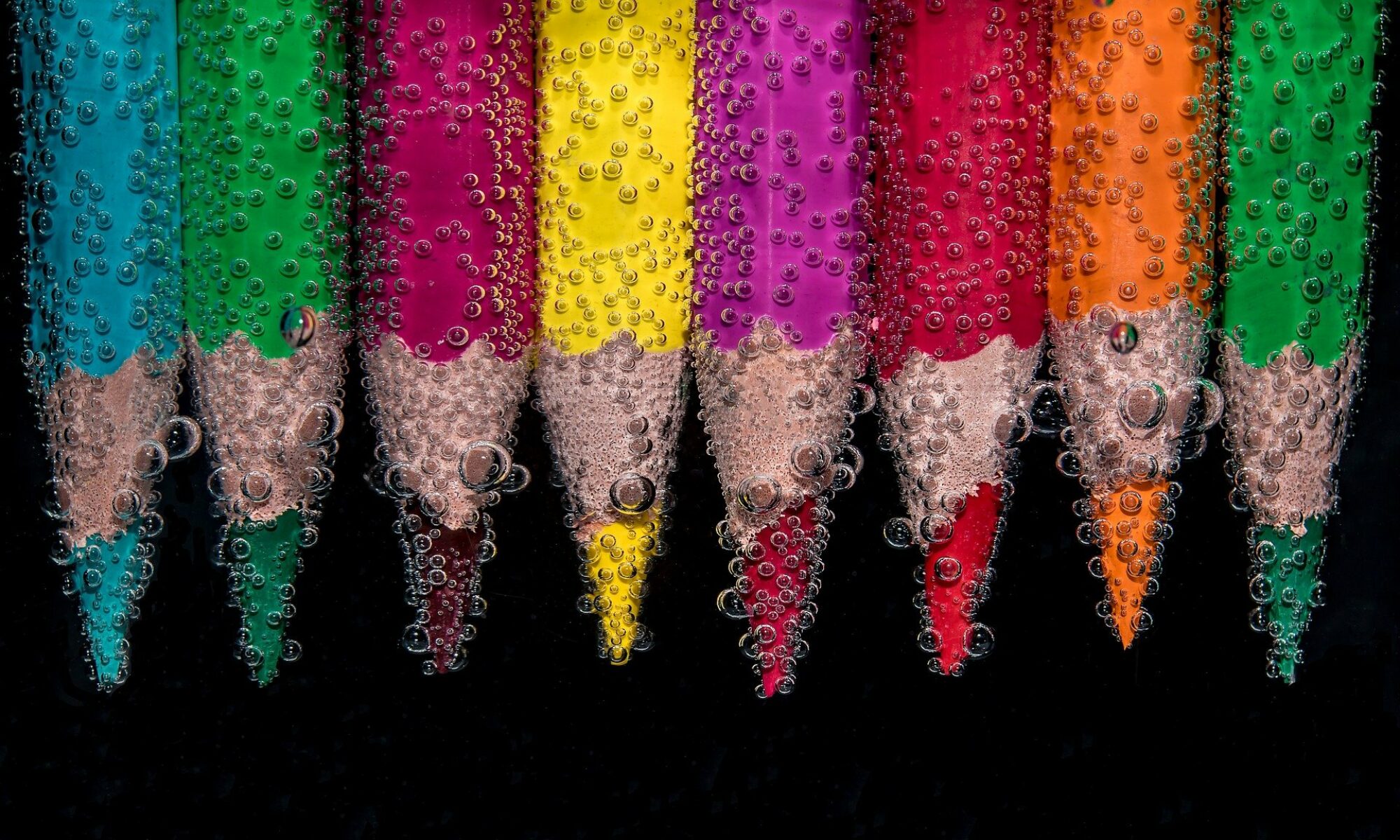Criteria of difference
“Art is that which an artist has created. Design is what a designer has created.”
That’s the general, first criterion that usually determines whether an object is called art or design. In fact, people usually agree on the designation – it’s only whether it’s right that’s the subject of controversy. Can an artist create design artifacts among all his works of art? And can a designer also create one or the other work of art among all his design artifacts? If you answer these two questions in the negative, the argument about art and design comes to an end at this point. If you are interested in the other arguments, please continue!

“Design is created under a client, the artist works ‘freely’.”
This statement is often true – but not always. A designer can design without a client; he could communicate messages that are close to his heart through artifacts. He can create objects that he likes himself – or has he automatically created “art” with them?
produced? The corporate design that a design office creates for itself would probably not be called art. The other case: When an artist works under contract, does he automatically make “design” with it? Are the sculptures that the artist is to design for the park to demonstrate to visitors how wealthy and culturally interested the owner is, design or art? This is a given commission with a given message – yet the result would be what most would call “art”.
Correct is: The designer usually works under a client, the artist usually works according to his own specifications and ideas.
Study Art or Design? Check out this: https://studiengaenge.zeit.de/studienangebote/fachgruppe/kunst-musik-design
“Design is commercial art.”
This statement is not true. Of course there is commercial design – but there is also design that is created without a client and without the designer’s profit motive. In return, commercial success is also achieved with works of art (often not a minor one). “Both were and are more or less dependent on the economy and have a commodity and thus capital character in the present – whether their protagonists want to admit it or not.
It is true that design and art are to a certain extent commercially oriented. Quantitatively, design probably more often than art.
“The core of art is in a pure, material act of creation.”
That statement is sometimes true – but not always. It may be true for abstract art – but it is by no means universally valid. Art has long since ceased to be the result of a particularly skilful or particularly creative use of brushes and paint or unusual materials. Artifacts that today fall under the term “art” often even contain a statement and communicate specific messages. One example: Erwin Wurm is generally considered an artist, and his works are referred to as “art” – yet in them he takes up social themes and makes specific statements. As an example I would like to mention the “Geste mobil” from 2007. In this case, art is indeed visual communication.
In other words, can the pure material act of creation be the focus of design? The answer must be: yes. Especially in product design, bizarre objects often arise through the processing of certain materials. Perhaps you’re familiar with Oskar Zieta’s apparently inflatable stool “Plopp”, which is actually made of hard metal – it’s this “material surprise” that makes this design object so special. And do you know this table, whose legs are made of the surprisingly aesthetic handles of ordinary axes? Is it art or design?
Correct is: If it was a pure, material act of creation, you probably deal with art more often than with design.
“Design objects are serial products, works of art.
are unique.”
This statement is often true – but not always. According to this definition we should not call certain works of Andy Warhol or James Rizzi art. Did you know that in the 1980s the (serially produced) shelf object “Carlton” by designer Ettore Sottsass was the “most frequently depicted work of art”?204
In the same way there are individual design objects: Especially in the field of guerrilla marketing, it can be the case that installations are only set up in one place – and as part of an advertising campaign are called design.
So it’s true: design usually becomes a serial product, art is often unique.
“If something is to be advertised, design is used.”
If this statement is true, it is only true for one of the many disciplines of design: communication design – and even here, not everything is about advertising. If one were to say about artifacts of a web designer – for example a Online Casino – that he advertises himself by his form alone – then all works of art also advertise themselves by their form. A work of art could, for example, also advertise that it is going to the exhibition of the respective artist.
Correct is: whether something or the object itself should be advertised cannot be a criterion.
“Design is art that makes itself useful”
I question this statement. In design, too, there is the case that it is no longer about function, but only about the design itself. Some designer fashion is neither warm nor does it cover the nakedness of the models. Many a designer shelf is more for the eye than for storage. Well, it is good for the eye – but the same can be said of works of art.

In addition, art – as we have seen with the example of Erwin Wurm – can also be useful. As with many “unambiguous” design artifacts, the benefit here is that a message is communicated. And to come back to the term “benefit” once again: Works of art also have a benefit: If you hang a picture on your wall to make the room look more homely or to demonstrate a certain status. Or if you consider works of art as a mirror of the time in which they were created. So it’s true that utility cannot be a criterion for differentiation.
“Art stands in a museum and design has a logo”
This statement is sometimes true – but not always. It is true: Context can play an important role. Can – but does not have to! Not every work of art stands or hangs in a museum – and not everything that you put or hang in a museum becomes art. The latter might be assumed if one thinks of Marcel Duchamp’s “Fountain” or Joseph Beuys’ “Fat and Felt”. But tangible design – an advertising brochure, for example – certainly doesn’t become art in a museum. Banksy’s art never hangs in a museum (except for one smuggling exception).
Of course not every design has a logo. But surprisingly, as soon as a logo or claim is included, images or objects are perceived as design. If the logo of a paint manufacturer were to be affixed to a painting by Chagall, would the artwork be “transformed” into design?
Correct is: the context plays a role when we perceive objects. In the context of a museum we tend to infer art – in the context of a logo or claim we tend to infer design.
“Nobody needs to understand art, design is designed to be understood.”
Sometimes that statement is true, but not always. Certainly, in most cases the aim of a design is to translate a message into another language in such a way that it can be read by the addressees. The designer specifically uses a form that the addressees can decode. But it is by no means true that everyone must understand a design! We know that a designer can consciously make use of redundancy or create entropic artifacts. Sometimes the appeal of a design artifact lies in the fact that it is only understood by a narrowly defined circle of addressees.
Of course, there is art whose artist has not placed any value on whether the “world” will decode and understand his thoughts in it. Some works of art may not be based on a deeper understanding at all. Nevertheless, the wish that his statement be understood should not be denied to every artist. To this extent, artists who want to communicate messages in a targeted manner also use signs that certain groups can “read”.
Correct is: Whether importance has been attached to the understanding of a message cannot be a criterion.
“Artists have their own “handwriting”, designers adapt their style to the task at hand.”
We have already covered the topic “Designers and their handwriting” in detail in the first chapter. Designers with their own “handwriting” are for example Neville Brody or Luigi Colani. It’s true that you always know the characteristic handwriting of famous artists. But from this point of view, it’s exactly the same with designers: You only know famous designers because they have an unmistakable style. So the question is whether artists without their own handwriting are simply unknown (just like designers without their own handwriting) – or whether the title “artist” is necessarily tied to a style of their own. What happens when artists do not have a personal style, but are part of an art movement and thus “share” the handwriting with other artists? (Think, for example, of artists of the “Blauer Reiter”.) But one could also follow the claim and say that what Colani and Co. do is no longer design but art, precisely because their own handwriting is in the foreground.
Correct is: artists usually have their own handwriting, famous designers also, but not necessarily all successful designers.
As we have seen, many of these points of view are generally true – but there are exceptions to all of them. The name usually comes from the first criterion: what an artist does is art; what a designer does is design. On the one hand, however, this would mean that one could not judge an object if one did not know who the author was. On the other hand, we are dealing here with quite a sham argument. (The sentence “Everything that is on a plate can be eaten” would probably not meet with general approval either).
